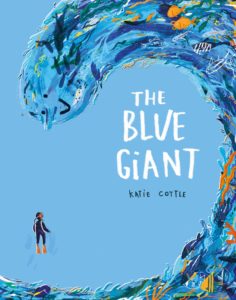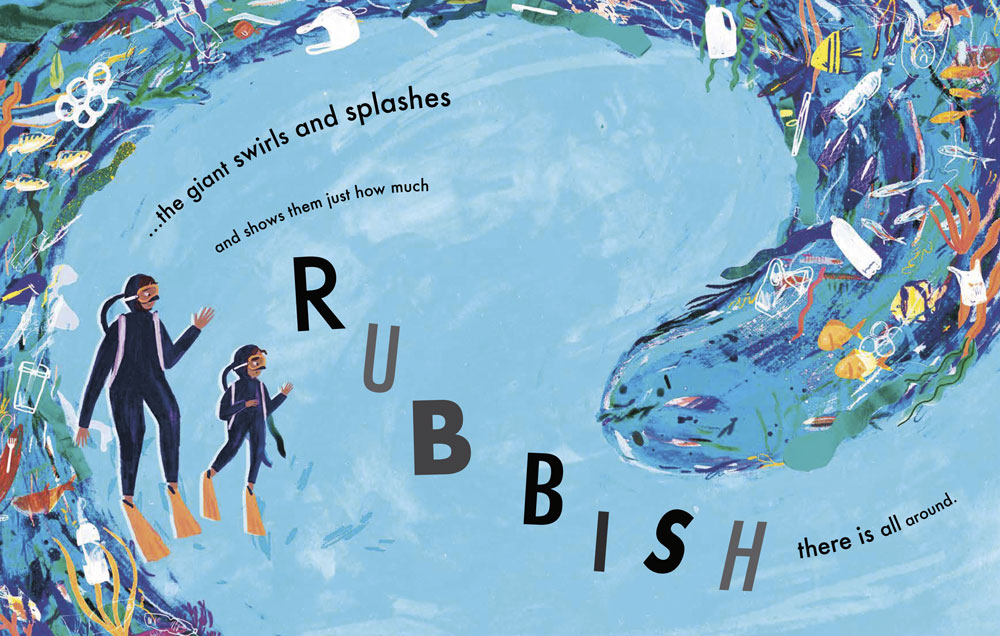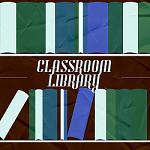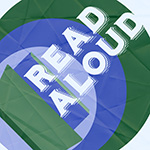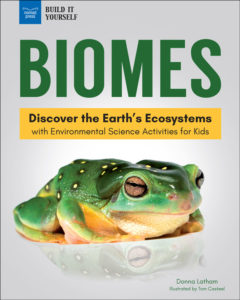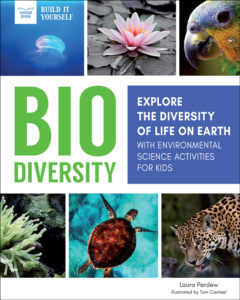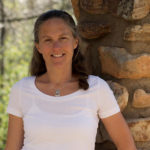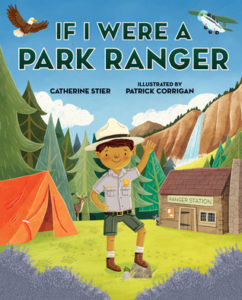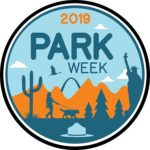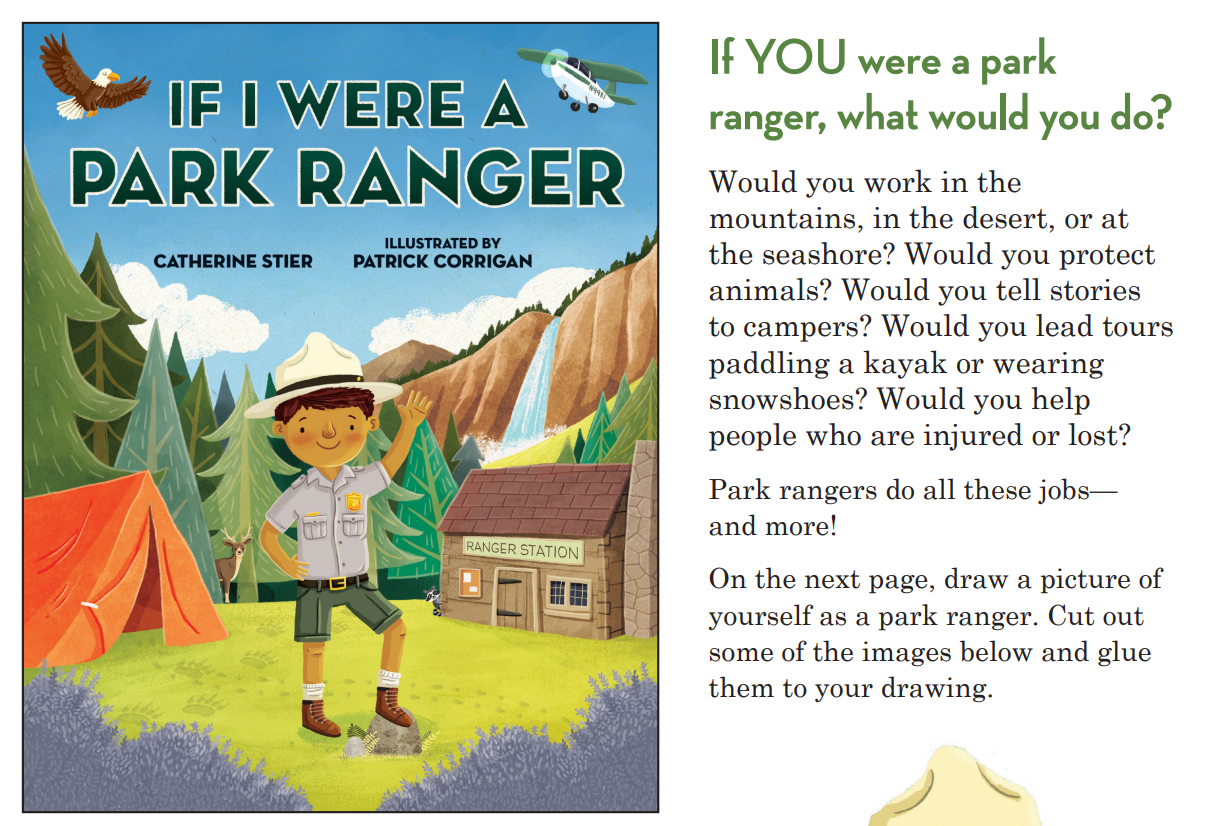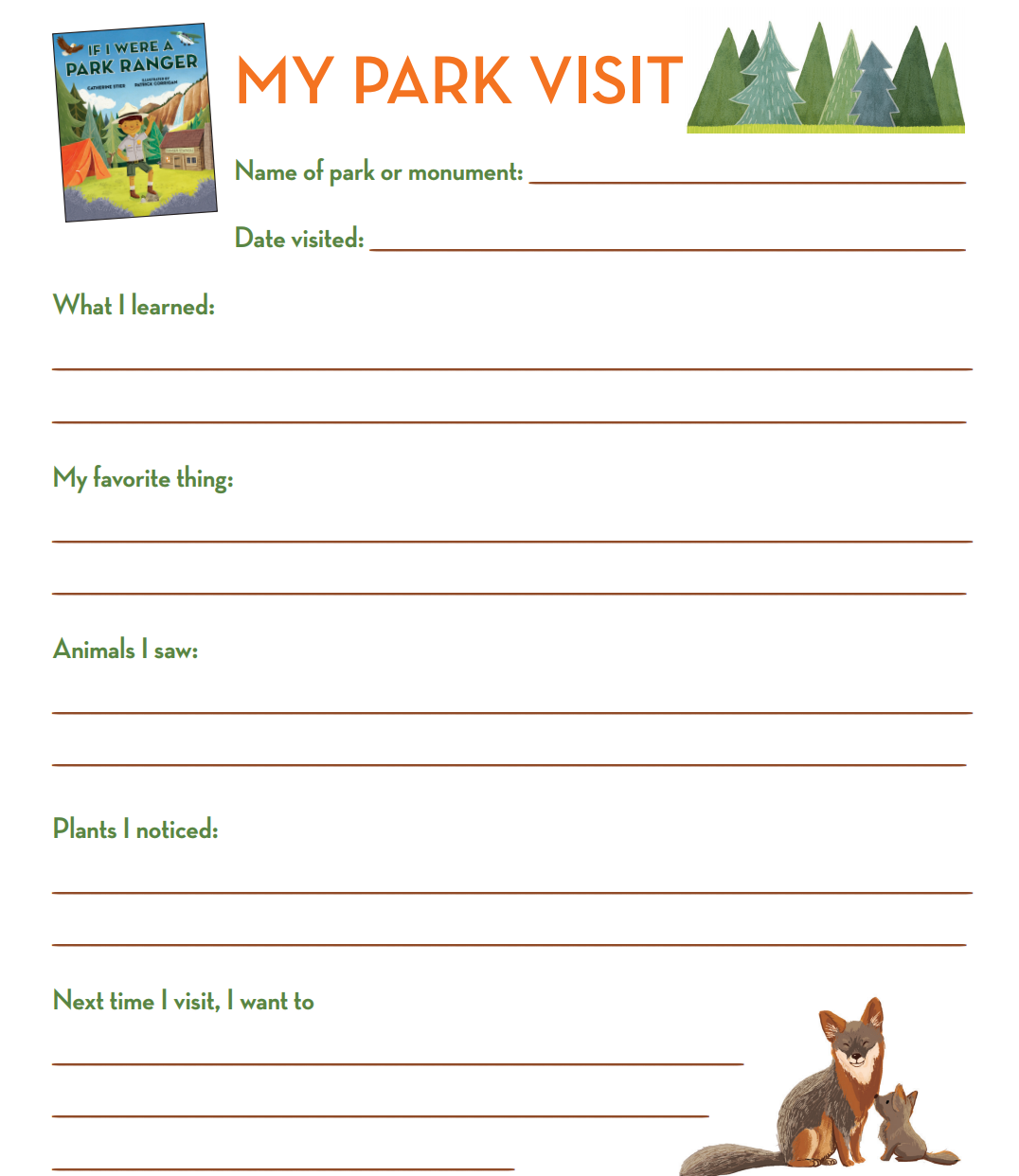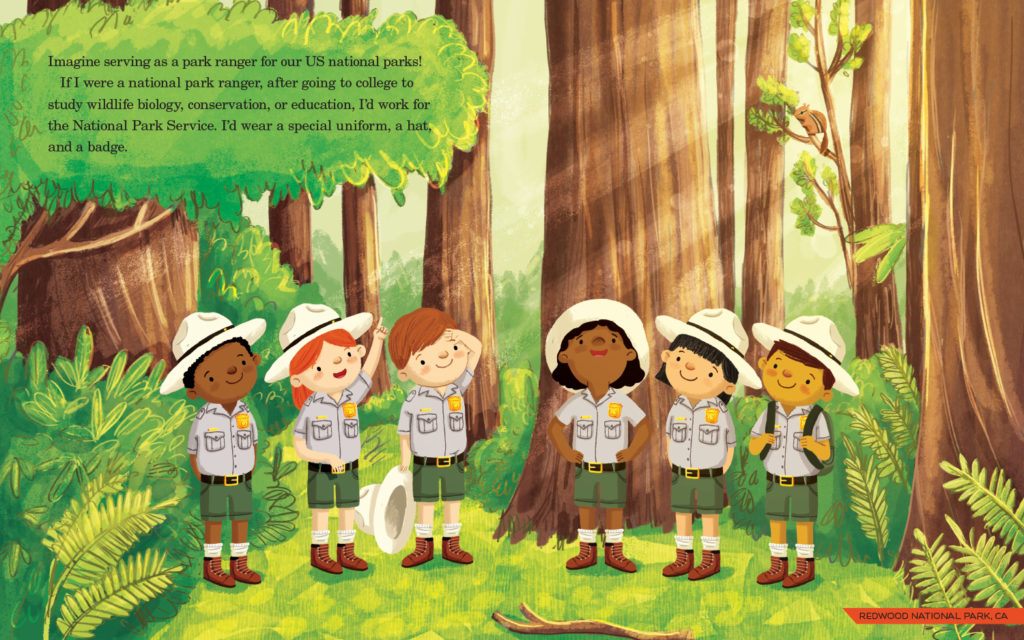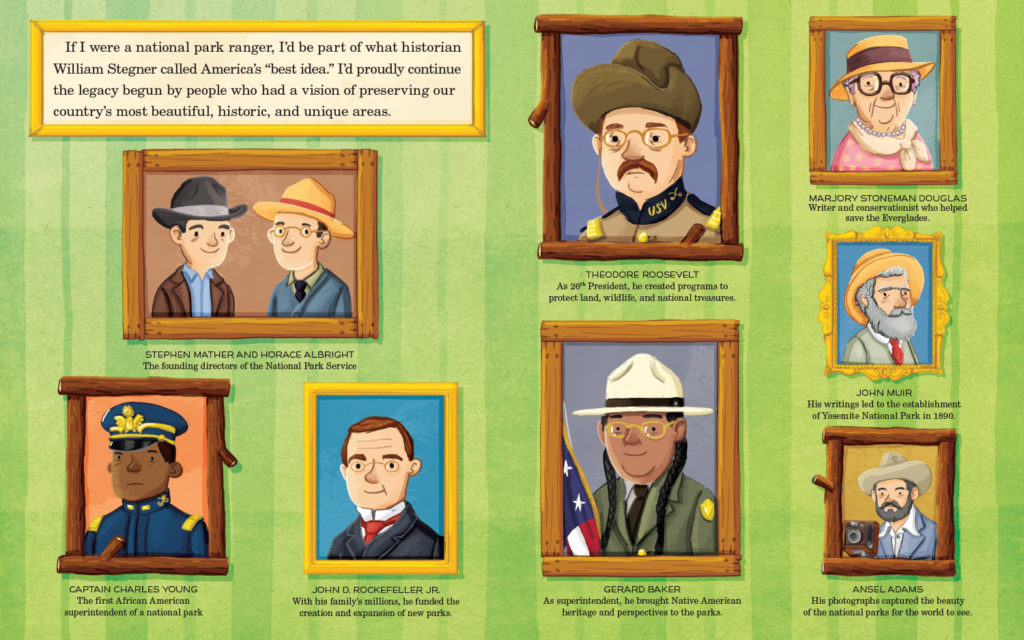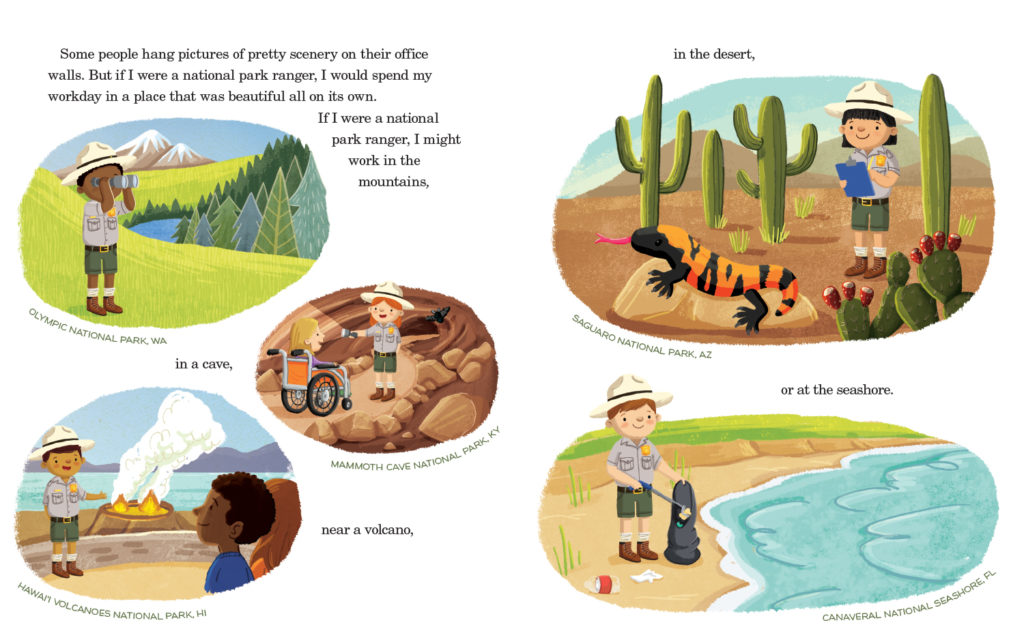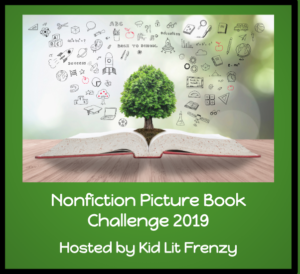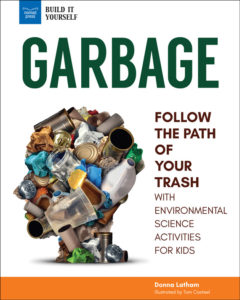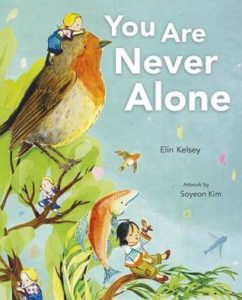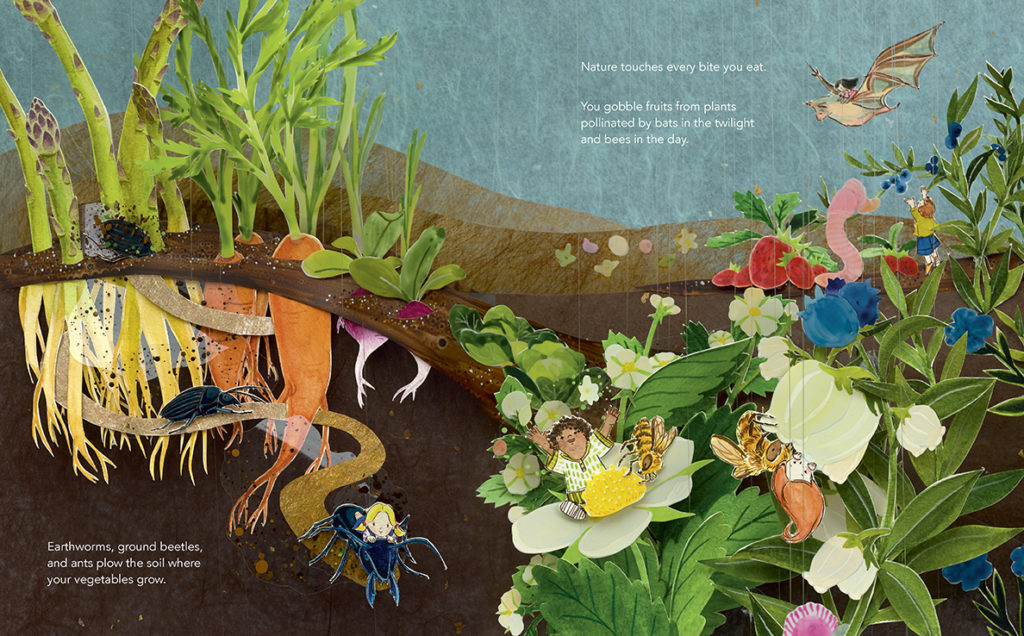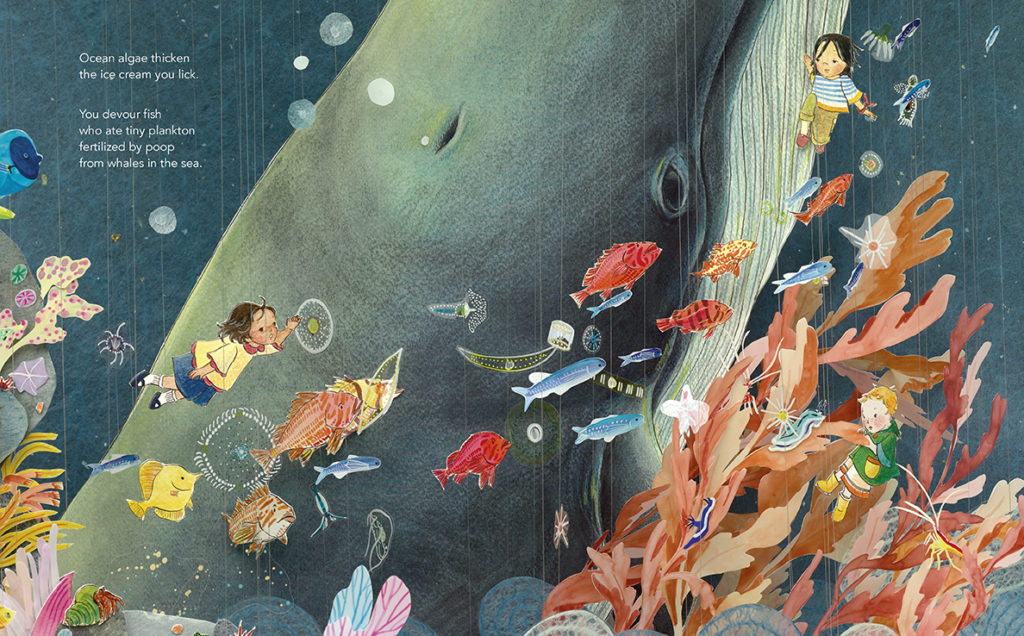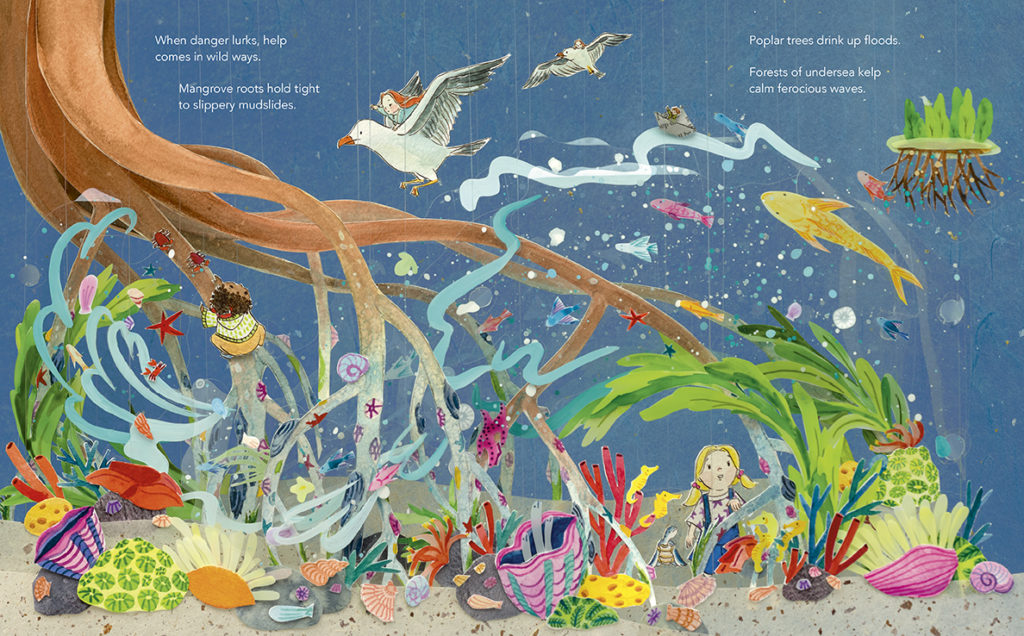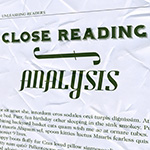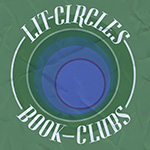The Endangereds
Authors: Philippe Cousteau and Austin Aslan
Published September 29th, 2020 by HarperCollins
Summary: It’s time for animals to take fate into their own paws! The Endangereds is the first book in a thrilling new adventure series by world-renowned environmentalist and Emmy-nominated host of Xploration Awesome Planet Philippe Cousteau and award-winning TURBO Racers author Austin Aslan.
Innocent animals are in trouble: temperatures are climbing, tides are rising, and nature is suffering. Someone needs to step in to rescue animals from extinction. Someone needs to turn this mess around, before it’s too late.
And that someone is . . . the Endangereds, the unlikeliest heroes you’ll ever meet—a superstrong polar bear, a pangolin with a genius for engineering, an extremely sarcastic narwhal, and an orangutan with a big dream.
Together, these four daredevils are determined to save endangered species across the globe, no matter what the risk. Rappelling into an underground cavern to save the day? No problem. Looping video footage to sneak through buildings unnoticed? Got it covered. Opening a doorknob? Okay, pretty hard without thumbs. But don’t worry. No matter what it takes, the Endangereds will get the job done.
But when two of their friends get kidnapped by a villain with a dastardly agenda, the team finds themselves up to their snouts in trouble. Can the Endangereds save the day? Or will this villain put humans and animals alike on the extinction list?
The A-Team meets the animal kingdom in the first book in the thrilling new adventure series from the host of Xploration Awesome Planet Philippe Cousteau and award-winning author Austin Aslan.
About the Authors:
Philippe Cousteau is a multi-Emmy-nominated TV host, author, speaker, and social entrepreneur. He has hosted numerous TV programs for Discovery, BBC, CNN, Travel Channel and more. Currently he is the host of the syndicated television show Xploration Awesome Planet and producer/narrator of a new Virtual Reality experience Drop in the Ocean. Philippe is the author of several award-winning books and is a sought-after speaker having keynoted events for the United Nations, Harvard University, and more. In 2004 he founded EarthEcho International; the leading environmental education organization dedicated to inspiring youth to take action for a sustainable planet. Philippe and his wife, fellow explorer and TV host Ashlan Gorse-Cousteau, reside in Los Angeles.
Austin Aslan is the author of the TURBO Racers series and the Islands at the End of the World series. A National Science Foundation Graduate Research Fellow, he can often be found camping in a tent on a punctured air mattress. In other lives, Austin drove ambulances way too fast, served as an ecotourism Peace Corps volunteer in a Honduran cloud forest, and managed a variety of campaigns. He lives in Flagstaff, Arizona.
Interview:
Philippe Cousteau is a world-renowned environmental advocate, filmmaker and explorer. Austin Aslan’s debut novel, The Islands at the End of the World, was named a Best Book of 2014 by Kirkus Reviews. It was ranked by The Guardian as a top-ten climate fiction read. Together, they’re the authors of The Endangereds, the first book in a new science-backed, high action middle grade series.
AUSTIN: Philippe, it’s always an honor to wrap back around with you to discuss The Endangereds! The collaborative process of writing the first two books in the series has been a career highlight for me and a wonderful, thrilling ride. It’s great to be here with you on the Unleashing Readers blog for this guest Q&A. Readers should know that we both thought it would be fun to engage in a bit of a back-and-forth with each other to share with you some of the insights we’ve gathered along the way. Philippe, I’ll go ahead and get us started with a question about the “sausage-making” process for designing an action-packed book that intentionally includes some educational components, as well as a message or two. I’ve heard you repeat in the past that your grandfather always used to say to you, “Before we can talk about the environment, we must talk about education.” That sounds totally on point to me! But I’m curious, tell us more about your vision for this series as a mix of swashbuckling entertainment and environmental activism.
PHILIPPE: That’s a good question as the idea of creating a book that is first and foremost fun and exciting but also educational has been the central driving challenge of The Endangereds. For several years through my non-profit EarthEcho International, we have focused on education, channeling my grandfather’s advice to me, but we realized pretty early on that we couldn’t just focus on education in the traditional sense. We also have to find ways of reaching people through other means. I have always been interested in fiction and how we can leverage fictional stories to tell important truths like the fact that biodiversity on earth is declining and hundreds of species go extinct every year. The Endangereds was our way to do that because we know that young people are already interested in animals and that many of them are also clued in to the problems nature faces today but what they need is some inspiration to get them engaging in actively solving the problems we face. What better way to do that then create a team of inspiring heroes who are overcoming adversity to solve problems and help nature?
AUSTIN: I’ll never forget that first moment when I was approached by you and our editor about teaming up to make this idea a reality. The concept just sparkled for me, right away. I was electrified. I know my mind raced with ideas. The connection to the A-Team was obvious from the title alone. But you and our editor, David Linker at HarperCollins, had already zeroed in on the four main characters (and one of them shared a name with an A-Team member): A polar bear, an orangutan, a narwhal, and a pangolin! What a fabulous line up. What inspired this particular combination of species, do you think? I’ll say that I particularly gravitated toward the idea of including the narwhal, named Murdock. What’s not to like about narwhals? Also: from the “sausage-making” angle, I personally loved the challenge of including a two-ton marine mammal as part of the team. The possibilities and the potential humor of it fascinated me. And indeed, Murdock turned out to be one of my favorite characters. So, why these four animals in particular, and not, say, the lion, giraffe, hippo, and zebra from the Madagascar movies, if you know what I mean? Oh, also: I grew up watching the A-Team, and I believe you did too. What’s the role of our generation’s nostalgia for 80’s entertainment in The Endangereds’ success?
PHILIPPE: Good questions, as we were coming up with the animals I wanted to focus on some that where familiar, like a Polar Bear and mix in some that were not so familiar, like a Pangolin, as a way to provide comfort to readers but also introduce them to a new species. Pangolins are arguably one of the most endangered animals on earth, and they are just cool looking with their claws, scales, and powerful tail. I also chose Arief because of an experience I had filming with CNN about 6 years ago in Sumatra at an Orangutan rehabilitation facility. They take Orangutans that have been illegally caught and sold into the pet trade and re-introduce them into the wild. Orangutans are also highly endangered, especially Sumatran ones, and so I wanted to tell that story, and of course, like you said, Narwhals are just cool! Because this book has a purpose—to entertain and educate—we really wanted to be able to highlight animals that could embody the main issues facing endangered species, like habitat loss, illegal wildlife trade, climate change etc. As for the A-Team, as you’ll attest Austin, we agreed early on that we wanted to have some easter eggs for the adults who might be reading this book to their children to enjoy and who doesn’t like the A-Team?
AUSTIN: Did I say Murdock the narwhal was “one” of my favorites? They’re all my favorites! Seriously, I even love the mystery animal villains we’re crafting for the series. Without giving too much away, I wanted to spend a minute talking about who the “bad guys” are in these stories. While the world’s present biodiversity threats are mostly human-caused, I think it’s too easy and too obvious, from a storytelling perspective, to just throw humans under the bus all the time. The reality is that a lot of people care about biodiversity and would join the Endangereds in their missions if they could. The rancher in the Four Corners area where our first book takes place, for example, isn’t the nefarious environmental destructor he’s taken for at first. He may even prove to be an ally to the black-footed ferrets our E-Team is deployed to protect! Philippe, can you say a few words about the buzz-term of environmental justice, and how important that concept is to understand in terms of our collective ability to arrive at real solutions?
PHILIPPE: I remember our long conversations about this, and our agreement that, as you said, it would be too easy to make humans the villains. A theme that I really love in the series is one of balance; Arief, the Orangutan leader, talks about it a lot. The idea that the Endangereds exist because the world is out of balance, and since the Endangereds are really a proxy for humanity, diving into this world was really important. But we didn’t want to make shallow evil characters; in a way, we wanted to be able to sympathize with them a little bit, they have motivations that aren’t hard to understand, they have been wronged like the E-Team, but have taken a different path. For me, it’s a metaphor for the choices we make as people—do we want to be positive and solve problems or be negative and cause them. Obviously, our message to youth is that the best way forward is to work together to solve problems. Austin, I know we are wrapping this up but before we do, I have a question for you. What was the biggest challenge in writing this book and how did you overcome it?
AUSTIN: In terms of “sausage making” there were several challenges, as with any book. But I find that a story’s biggest potential rewards lie where the difficulties are. That’s where things get interesting…and fun! But rather than dwell on the craft elements that kept me up at night while drafting, I’d like to focus on the challenge of overcoming doubt and allowing myself to feel worthy of the aspirations of this series—and our partnership. We’re out to save the world, after all, through inspiring a new generation of environmental stewards to take up the mantle of a great cause. That’s a tall order. It feels like a lot of responsibility! Was I out of my league? Should I have stepped aside?
I think we all struggle with “impostor syndrome” in our various professions. The key breakthrough is realizing that, in this life, we’re all in it together! And that we’re all human and that means we’re each a package-deal full of talent and shortcomings. If we each defer to someone in the shadows to eventually come forward and do the work that needs to be done…none of us will ever get anywhere. And that’s one of the core messages of the book, ironically! Our animal heroes aren’t demigods. They’re not perfect angels sent from on high. They’re flawed, they’re uncertain, they’re scared. But they’re the ones who came forward and answered the call. I think that’s what kids need to take away most of all, and I like to think that we’re practicing what we preach by putting ourselves out there to pull these stories off.
That’s enough out of me (for now)! Philippe, any closing thoughts?
PHILIPPE: I think you said it perfectly. I just want to add that as part of The Endangereds, we have partnered with my non-profit EarthEcho International, World Wildlife Fund, and Exploring by the Seat of Your Pants to offer several live webinars where I will sit down with experts who work every day to protect these animals in the wild. Young people who join us will have a chance to ask me and the experts questions and hear stories about what wildlife conservation is like in the real world. Go to www.TheEndangereds.com to register for FREE to join us.
Thank you, Phillipe and Austin, for being a guest on Unleashing Readers! Your focus on environmentalism is so important, and we are so glad that this book is out there for kids!




